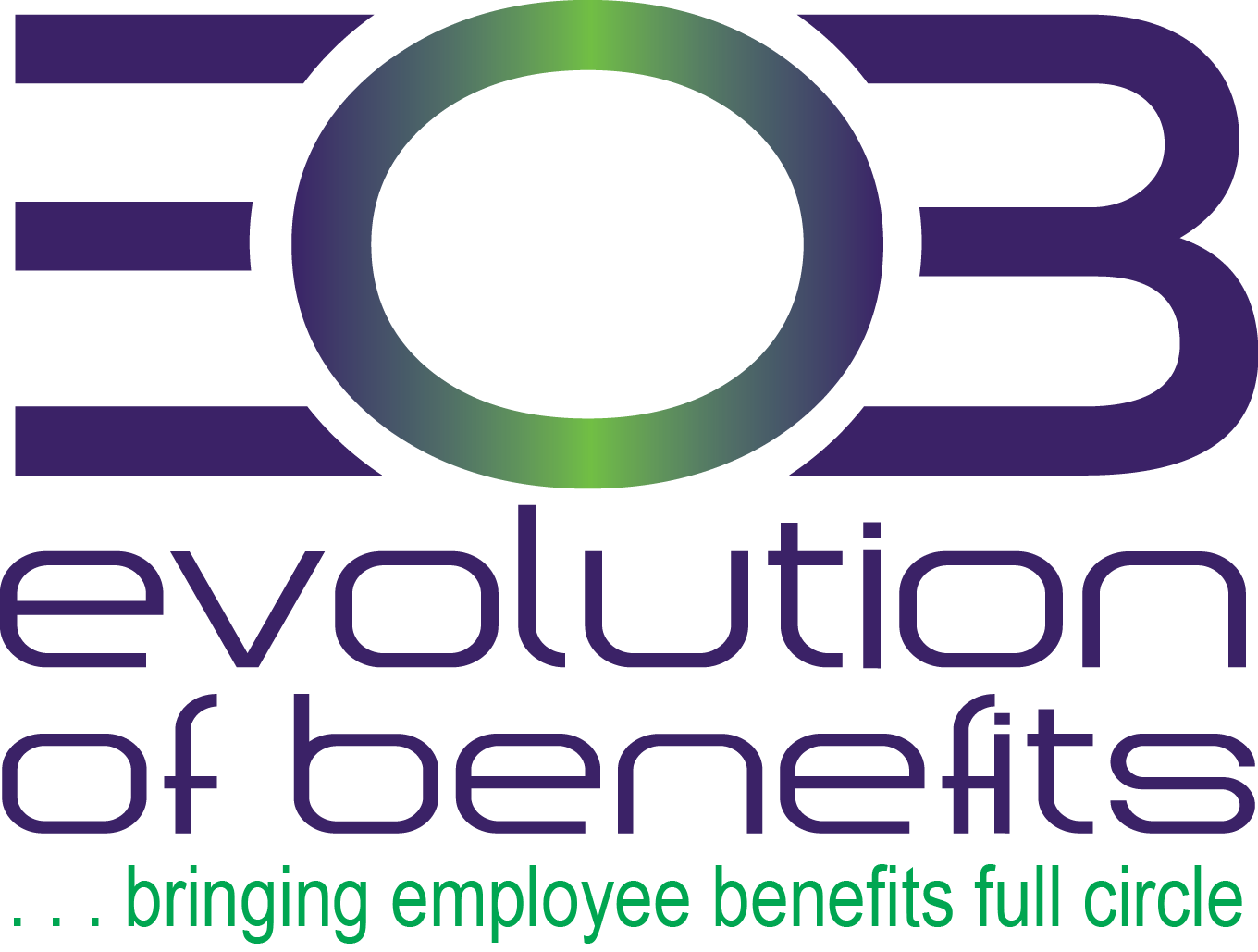
Compliance Overview – Spousal Incentive HRAs
Spousal incentive health reimbursement arrangements (HRAs) are a type of tax-advantaged medical reimbursement account that employers use as a cost-savings strategy. A spousal incentive HRA works like a traditional HRA in many respects, but it is only available to employees who enroll in health coverage through a spouse’s employer. By reimbursing employees on a tax-free …

Compliance Bulletin – 2024 Midyear Employment Law Compliance Trends
Throughout 2024, there have been significant changes in employment law at the federal, state and local levels. A review of recent and proposed legislation reveals a number of emerging trends that will affect employers for the remainder of the year.Employers should ensure that they are apprised of significant legal developments and are either in compliance …

Compliance Overview – Using HSAs, Health FSAs and HRAs for Over-the-Counter Items
Health savings accounts (HSAs), health flexible spending accounts (FSAs) and health reimbursement arrangements (HRAs) may provide tax-free reimbursements of certain over-the-counter (OTC) items. OTC items are generally available to consumers without a prescription. To be reimbursable, an OTC item must be for “medical care,” as defined under Internal Revenue Code (Code) Section 213(d). Medical care …

Compliance Bulletin – Coverage of Gender-affirming Care: Employer Considerations
In Lange v. Houston County, the 11th Circuit Court of Appeals ruled that it was a violation of Title VII of the Civil Rights Act of 1964 (Title VII) for an employer to deny coverage for gender-affirming care. Specifically, the court held that the exclusion constituted discrimination on the basis of sex in violation of …

Compliance Overview – Using Affordability Safe Harbors to avoid ACA Penalties
The Affordable Care Act (ACA) requires applicable large employers (ALEs) to offer affordable, minimum-value health coverage to their full-time employees (and dependents) or risk paying a penalty to the IRS. This employer mandate is also known as the“pay-or-play” rules. An ALE is an employer with at least 50 full-time employees, including full-time equivalent employees,during the …

Compliance Tracker – July
Upcoming Compliance Dates: A | Final Deadline for EEO-1 Data Collection – July 9, 2024 Private-sector employers with 100 or more employees and certain federal contractors must file EEO-1 reports with the Equal Employment Opportunity Commission (EEOC) each year. No additional reports for 2023 will be accepted by the EEOC after July 9, 2024. B …

Compliance Bulletin – Preparing for the Corporate Transparency Act
The Corporate Transparency Act (CTA), which became effective Jan. 1, 2024, requires certain business entities, or CTA“reporting companies,” to report their beneficial ownership information (BOI) and certain related information to the U.S.Department of the Treasury’s Financial Crimes Enforcement Network (FinCEN). The CTA aims to combat illicit financial activity, including money laundering, the financing of terrorism, …

Compliance Bulletin – Form 5500 Is Due by July 31 for Calendar Year Plans
Each year, employers must file an annual report with the Department of Labor (DOL) for their ERISA covered employee benefit plans, unless a filing exemption applies. The annual reporting obligation is generally satisfied by filing the Form 5500 “Annual Return/Report of Employee Benefit Plan,” including all required schedules and attachments. The Form 5500, including required …

Compliance Bulletin – How the DOL’s New Overtime Rule Could Impact Employee Benefits
A recent U.S. Department of Labor (DOL) final rule increases the salary thresholds used to determine whether executive, administrative and professional (EAP) employees are exempt from overtime pay under federal law. While the increased thresholds are likely to result in a significant number of employees who were previously exempt now qualifying for overtime pay, employers …

Compliance Tracker – June
Upcoming Compliance Dates: A | Deadline for RxDC Reporting – June 1, 2024 Group health plans must annually submit detailed information on prescription drug and health care spending to the federal government. B | Deadline EEO-1 Reporting – June 4, 2024 Private-sector employers with 100 or more employees and federal contractors with 50 or more …




















